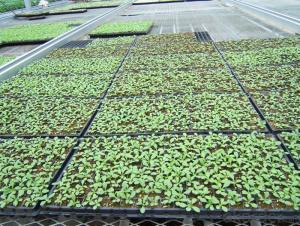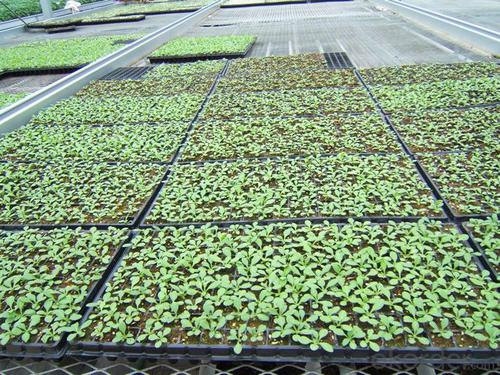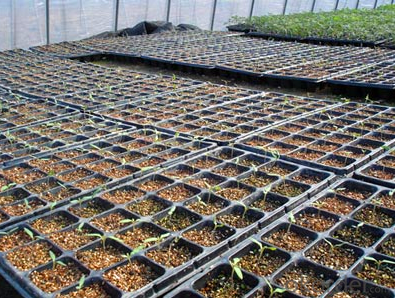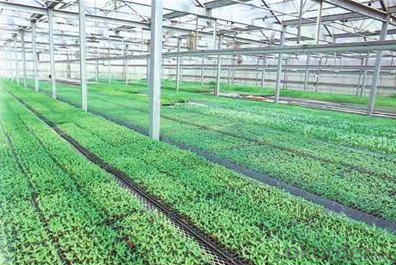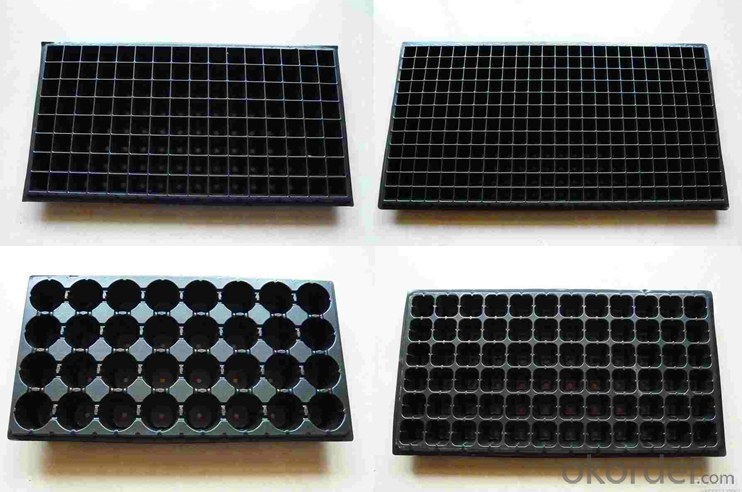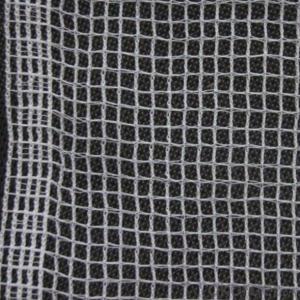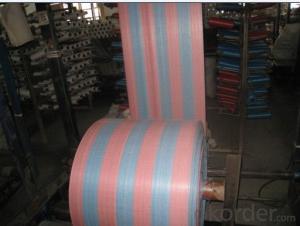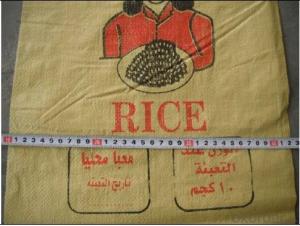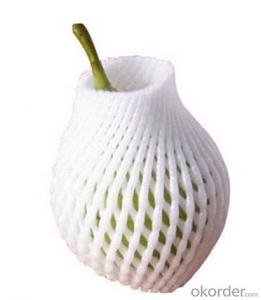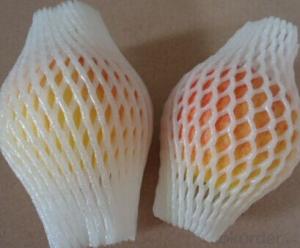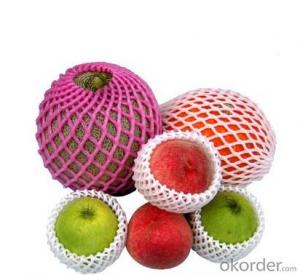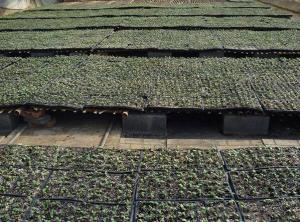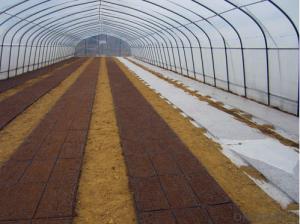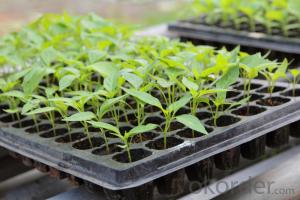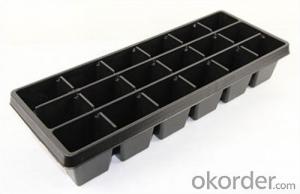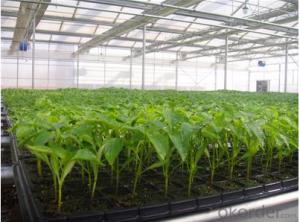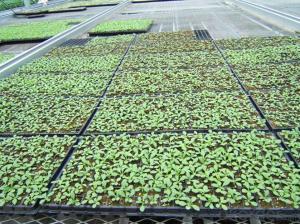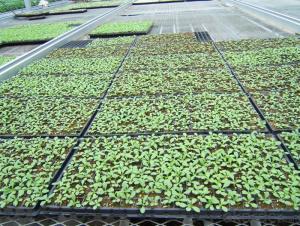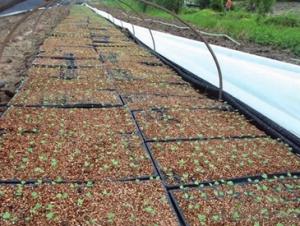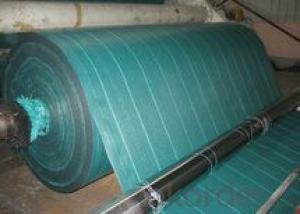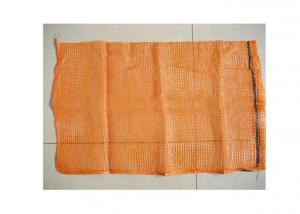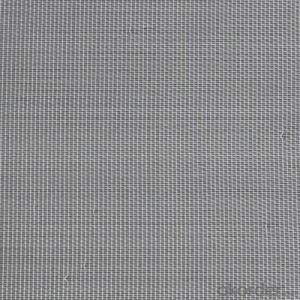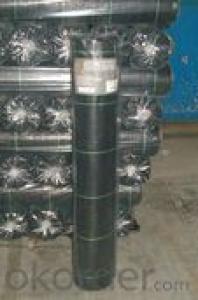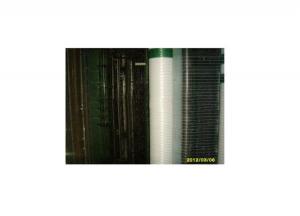PS Polyethylene Eco-Friendly Seed Cell Plug Tray
- Loading Port:
- China main port
- Payment Terms:
- TT OR LC
- Min Order Qty:
- 3000 pc
- Supply Capability:
- 2000000 pc/month
OKorder Service Pledge
OKorder Financial Service
You Might Also Like
Specification of Plug Trays HIPS Made Plastic Plug Tray for Greenhouse (Growing and Seedling):
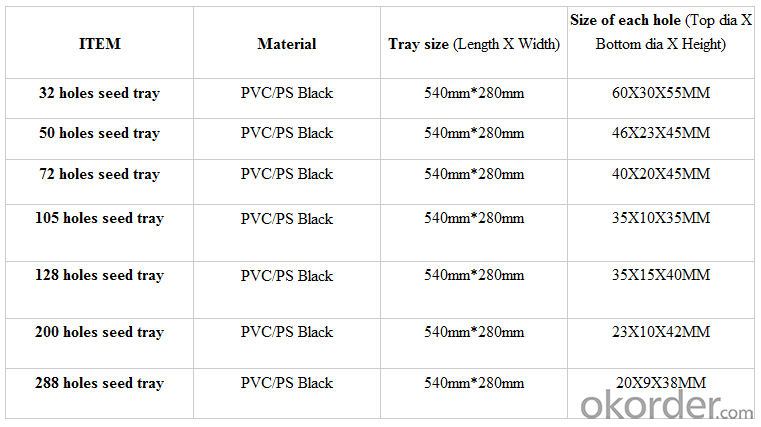
Features of Plug Trays HIPS Made Plastic Plug Tray for Greenhouse (Growing and Seedling):
· Material: HIPS
· Thickness: 0.5mm-1.5mm, Standard:1mm
· Weight: 80g(±5)g-230g(±5)g, Standard weight:155g(±5)g
· Size: length:490mm-540mm, width:190mm-345mm,depth:25mm-150mm
· Standard:540mmX280mm
· Cell count: 18-512
· Package: In Carton
· Warrenty: 8-10 times
Packaging & Delivery
Packing Detail: export standard carton or large bags
Delivery time: 4 million per momth after receipt of deposit
Advantage:
Waterproof, UV-resistant, extrusion-resistant
Easy carry for young seeding plant and grow
Service:
1. Quick, efficient and professional response within 24 hours, 14 hours online services
2. 10 years manufacturing and exporting experience in agriculture field.
3. Technical support and solution by chief engineer.
4. Strict quality control system & team, high reputation in the market.
5. Full range of irrigation products for choice
6. OEM/ODM services
7. Accept sample order before Mass Order
Picture of Plug Trays HIPS Made Plastic Plug Tray for Greenhouse (Growing and Seedling):
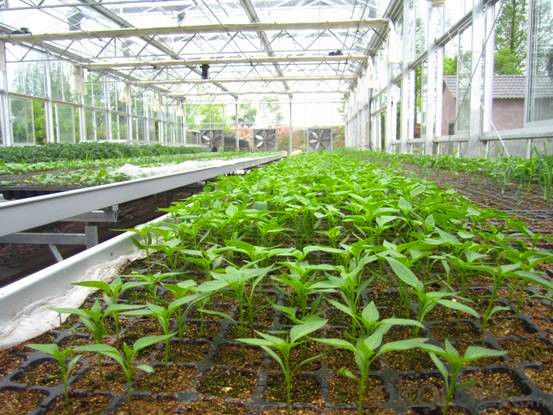
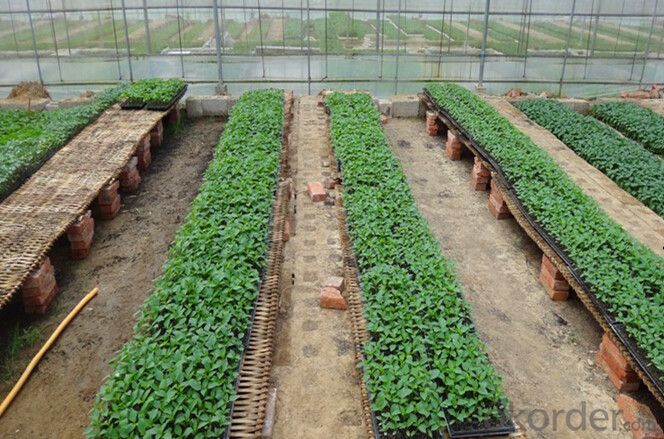
FAQ of Plug Trays HIPS Made Plastic Plug Tray for Greenhouse (Growing and Seedling):
Q: 1.How long is the production time?
A: Usually one to two weeks.
Q: 2.How is the seed tray being packaged?
A: They can be packaged in carton or pallets. Carton size is 1375px*725px*1250px.
Q:3.How many times can the seed tray be used?
A: Under the same environment, it is decided by the thickness. Usually 0.6mm thickness can be used for 1 or 2 times.
1.0 thickness can be used for 3-4 times. 1.5 thickness can be used for 8-10 times.
- Q: Can you get cancer if thr plastic like gets into the water?
- It is true that there are chemicals in plastic that (in high amounts) have been shown to induce cancer in laboratory tests, but most of what you see about this is just overreaction. You aren't melting them in the microwave and drinking the plastic right? Didn't think so. We are exposed to hundreds of chemicals every day, they are in everything, and they are always finding new ones they say cause one thing or another. It's unlikely drinking from a water bottle will ever hurt anyone.
- Q: Are there any ground cover plants that are resistant to pests or diseases?
- Yes, there are several ground cover plants that are known for their resistance to pests or diseases. Some examples include creeping thyme, lamb's ear, creeping phlox, and Japanese spurge. However, it's important to note that while these plants are generally more resistant, they are not completely immune to all pests or diseases. Regular observation and proper care are still necessary to maintain their health.
- Q: What is the UV resistance of nursery trays?
- Nursery trays generally have good UV resistance, as they are designed to withstand prolonged exposure to sunlight without degrading or losing their structural integrity.
- Q: This question asks for methods to ensure the sustainability of agricultural projects when using plastic products.
- <p>To ensure the sustainability of your agricultural projects using agricultural plastic products, follow these guidelines: 1) Choose biodegradable or recyclable plastics to reduce environmental impact. 2) Implement efficient irrigation systems to minimize water waste. 3) Use mulching films to reduce soil erosion and retain moisture. 4) Employ crop rotation and cover cropping to maintain soil fertility. 5) Monitor and reduce plastic waste by recycling or composting. 6) Opt for integrated pest management to minimize chemical use. 7) Educate farm workers on sustainable practices. 8) Regularly assess the environmental impact of your practices and adjust as needed. By integrating these practices, you can enhance the sustainability of your agricultural projects.</p>
- Q: I want to create a sculpture for my next art piece, and I wanted to coat a ceramic sculpture in plastic, and then melt it away in places. Firstly, what plastic should I be using? Secondly, how should I go about melting this plastic and coating my piece? Thank you :)
- You might want to ask this in one of the sculpting or art forums online to get better answers --or at least include the word sculpture or art in your subject line. One thing I can tell you though is that you'll need a thermoplastic type of plastic (polymer) if you want it to melt when exposed to heat (perhaps with a heat gun or something you can place next to it that's at least 250 degrees F (plastics vary in their heat tolerance though).
- Q: Can agricultural plastic products be repurposed for uses outside of agriculture, such as in construction?
- <p>Agricultural plastic products, such as plastic films and pipes, are primarily designed for agricultural use. While they are not traditionally used as building materials, there are instances where they can be repurposed for other uses. For example, plastic pipes can be used for water management in construction, and some durable plastics might be used in temporary structures. However, it's important to note that these materials may not meet the strength, durability, and safety standards required for permanent construction. The repurposing of agricultural plastics for building materials is not common practice and should be approached with caution, ensuring that any use complies with building codes and safety regulations.</p>
- Q: How are plastic greenhouse frames assembled?
- Plastic greenhouse frames are typically assembled by connecting the various frame components, such as poles or rods, using connectors or clips. These connectors or clips are designed to securely hold the frame pieces together, ensuring stability and durability of the greenhouse structure. The frames are usually lightweight and easy to assemble, requiring no special tools or skills. By following the manufacturer's instructions, individuals can quickly and easily assemble the plastic greenhouse frame to create a suitable environment for growing plants.
- Q: Can agricultural plastic products be used in sustainable livestock waste management?
- Yes, agricultural plastic products can be used in sustainable livestock waste management. These products, such as plastic liners or covers for manure pits or storage facilities, can help prevent the leakage of harmful substances into the environment, reduce odor emissions, and facilitate the collection and disposal of waste in an efficient and environmentally friendly manner. Additionally, plastic products can be recycled or reused, further enhancing their sustainability in livestock waste management practices.
- Q: what are the concequences of waste plastic in the enviroment . what happens to plastic in the sea?Thanks :)
- It can destroy the beauty of our nature.
- Q: Out of plastics available to the public, which type of plastic has the greatest tensile strength, and which type has the greatest compressive strength?Thanks!
- basically the very high tensile strength materials are specialist materials. So it depends how hard you try to get hold of it, how much you will pay etc. There are tables in the links - generally fiberglass is strong, while polythene generally isnt. Composites are stronger than pure materials. The last link has a bit of explanation (powerpoint) about composites.
Send your message to us
PS Polyethylene Eco-Friendly Seed Cell Plug Tray
- Loading Port:
- China main port
- Payment Terms:
- TT OR LC
- Min Order Qty:
- 3000 pc
- Supply Capability:
- 2000000 pc/month
OKorder Service Pledge
OKorder Financial Service
Similar products
Hot products
Hot Searches
Related keywords
